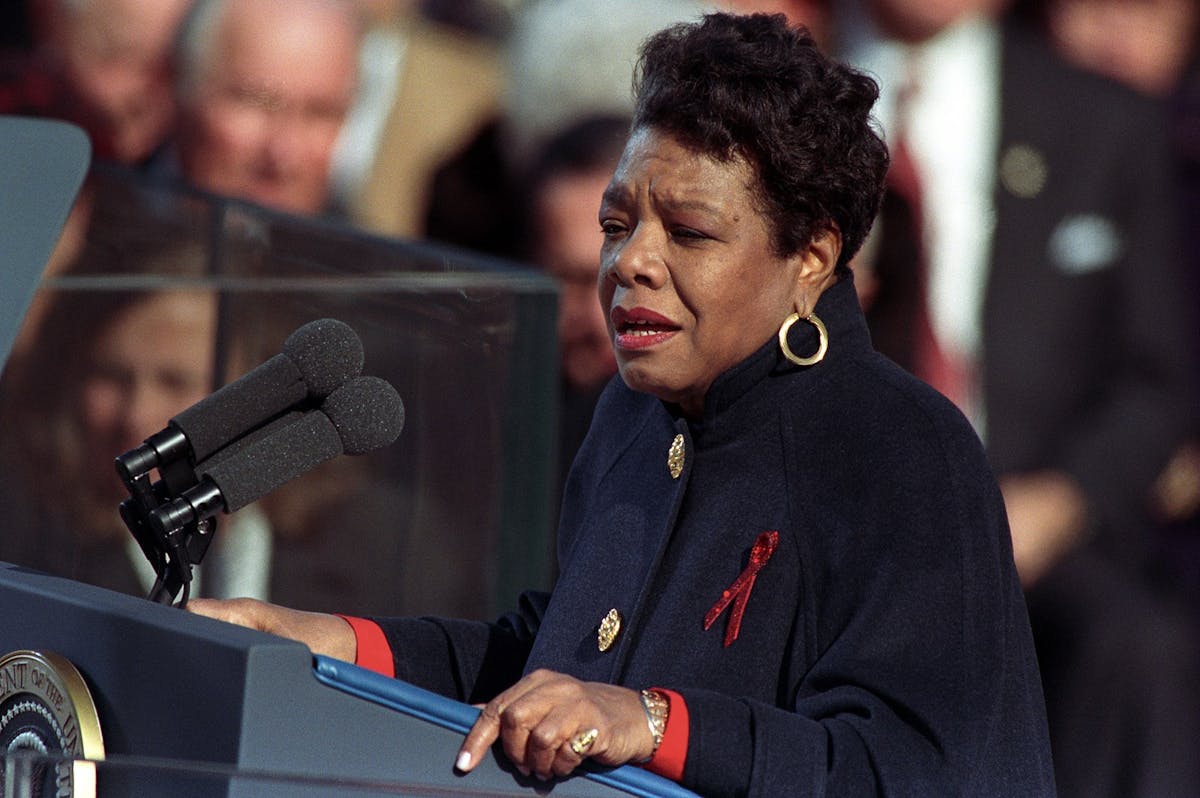Moving Biography in a New Direction
Richard Bradford’s introduction to the series pries readers away from the idea of biography as simply a storehouse of facts and a story that never changes.

‘The Life of the Author: Nathaniel Hawthorne’
By Dale Salwak
Wiley-Blackwell, 224 pages
‘The Life of the Author: William Shakespeare’
By Anna Beer
Wiley-Blackwell, 192 pages
‘The Life of the Author: Jane Austen’
By Catherine Delafield
Wiley-Blackwell, 224 pages
‘The Life of the Author: John Milton’
By Richard Bradford
Wiley-Blackwell, 224 pages
‘The Life of the Author: Maya Angelou’
By Linda Wagner-Martin
Wiley-Blackwell, 224 pages
An enterprising biographer of Ernest Hemingway, Patricia Highsmith, Norman Mailer, and others, Richard Bradford is now in charge of a series that “aims to transform literary biography from its status as a resource for facts and details to that of a dynamic, innovative aspect of teaching, criticism, and research.”
Biography, Mr. Bradford realizes, is thought of as ancillary to the study of literature — a modernist/academic view that Samuel Johnson, author of “Lives of the Poets,” would have found unduly restrictive, if not, indeed, inhuman.
In this series, biographers speak directly to students and a general readership. Drawing on 45 years of studying and teaching Hawthorne, Dale Salwak aims to “bring new readers to the private man. By exploring the circumstances that led him to become a writer, I hope to enable others to gain insights into his innermost thoughts and ideas.” In short, Hawthorne “still matters.”
In her acknowledgments, a section in biographies that is usually just a list of thank yous, Anna Beer begins by situating the reader in the Covid-19 era when she wrote her book, and when theaters were closed “in an eerie echo of Shakespeare’s working life. … Knowing that Shakespeare wrote his remarkable plays during similar times, has, however, been strangely comforting, above and beyond the enduring comfort offered by his words.”
Catherine Delafield tantalizes in her introduction by noting that even Austen family members regarded Jane’s life as “richly unknowable.” Why so many biographies of her, then? It is in the nature of biography, generation by generation, to “allow lives to be told and retold,” Ms. Delafield retorts, adopting a “non-linear approach by building a life from the letters using the themes of family, correspondence, and fiction.”
Ms. Delafield opens up the question of form: What is the best way in which to tell a subject’s life and explore her art? Chronology works best for some subjects; a thematic approach might be best for others. At any rate, the introduction pries readers away from the idea of biography as simply a storehouse of facts and a story that never changes.
Is Mr. Bradford up to the challenge of his own series? He begins well with his subtitle: “Poet and Revolutionary.” His introduction makes a big claim: that Milton is the “most politically involved writer in the history of English literature.” His closest competitor was George Orwell, but unlike Milton, Orwell never functioned as a propagandist, or dealt with the subject of political trauma.
Mr. Bradford explains that Milton is the first author about whom “we know so much as an individual,” which is why the comparison with Orwell (another one of Mr. Bradford’s subjects) works.
Mr. Bradford is mindful of how biography changes over time and includes chapters on the 17th and 18th centuries, the Romantics and the Victorians, the 20th century, and even critical theory for those academics starved of such discussions in biographies.
Maya Angelou is less in need of an introduction for contemporary readers, so the biography begins with a series of stunning photographs: Angelou reading the inaugural poem at President Clinton’s inauguration in January 1993, early photographs of her younger self, with fellow writers like Rita Dove and Toni Morrison and distinguished public figures such as Coretta Scott King, and a holograph copy of revisions Angelou made of “A Pledge to Rescue Our Youth.”
After that wonderful pictorial introduction, we learn in the biography’s first sentence that Maya, born Marguerite Annie Johnson, came into this world while her mother was “still a happy woman.” The “still” has to make you wonder and read on.
All of which to say is that this series delivers on its promises, so I hope teachers of literature are paying attention, and readers of all kinds will delight in a series dedicated to the ever renewable endeavor of biography.
Mr. Rollyson is the author of “Reading Biography.”

